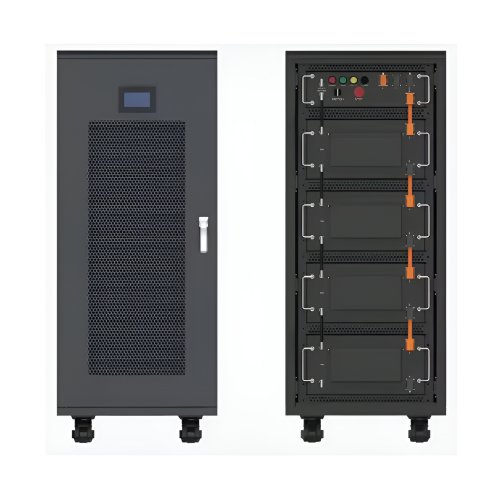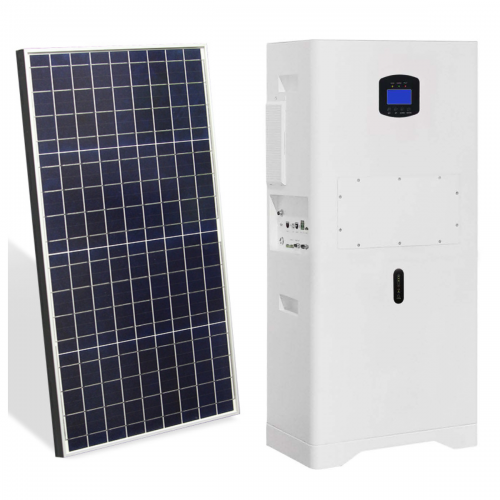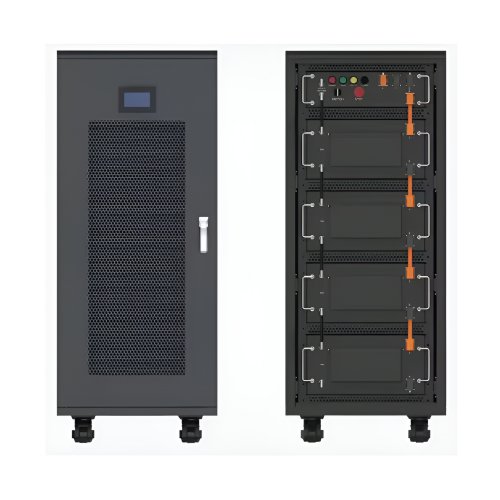Advances In Energy Density: Pioneering High-capacity Storage Systems For A Sustainable Future
Energy density, defined as the amount of energy stored in a given system or region of space per unit volume or mass, stands as a pivotal metric in the global pursuit of advanced energy storage and conversion technologies. Its enhancement is directly correlated with the performance, range, and miniaturization of applications ranging from portable electronics to electric vehicles (EVs) and grid-scale storage. Recent years have witnessed remarkable breakthroughs across battery chemistries, supercapacitors, and alternative storage methods, pushing the boundaries of what is physically and chemically possible.
Lithium-Ion Batteries: Pushing the Anodic Frontier
The dominance of lithium-ion batteries (LIBs) continues, but their evolution is far from stagnant. The primary strategy for increasing gravimetric and volumetric energy density has been the development of high-capacity anode and cathode materials. The long-awaited commercialization of silicon-based anodes represents a significant leap. While graphite anodes have a theoretical capacity of 372 mAh/g, silicon can offer up to 4,200 mAh/g. The historical challenge has been silicon’s massive volume expansion (>300%) during lithiation, leading to mechanical degradation and rapid capacity fade. Recent research has ingeniously mitigated this through nanostructuring, such as using silicon nanowires, porous silicon, and core-shell composites. For instance, Cui et al. have demonstrated stable cycling with silicon nanoparticles confined within graphene cages, which accommodate expansion and maintain electrical contact (Li et al.,Nature Energy, 2022).
On the cathode side, the transition to nickel-rich layered oxides (NMC: LiNiₓMnᵧCo₂O₂, where x > 0.8) is now mainstream, offering higher specific capacities and operating voltages than their cobalt-rich predecessors. However, these materials suffer from surface instability and structural degradation. Advances in single-crystal cathode morphology and atomic-scale surface coatings (e.g., with Al₂O₃ or LiPO₄) have dramatically improved their cyclability and thermal stability, enabling their use in next-generation high-energy cells (Myung et al.,Advanced Energy Materials, 2020).
Beyond Lithium-Ion: The Solid-State Revolution
The most anticipated paradigm shift is the move towards all-solid-state batteries (ASSBs). By replacing the flammable liquid electrolyte with a solid ion conductor, ASSBs promise not only superior safety but also the ability to utilize a lithium metal anode. The lithium metal anode is the "holy grail" due to its ultra-high theoretical capacity (3,860 mAh/g) and low electrochemical potential. Solid electrolytes, such as sulfide-based (e.g., Li₁₀GeP₂S₁₂) and halide-based (e.g., Li₃YCl₆) materials, have achieved ionic conductivities rivaling those of liquids. A recent breakthrough involved a chlorine-rich argyrodite electrolyte (Li₅.₅PS₄.₅Cl₁.₅) that enables stable cycling of lithium metal anodes at high current densities, overcoming the dendrite penetration issue that has plagued the technology for decades (Wang et al.,Nature, 2023). This paves the way for cells with energy densities exceeding 500 Wh/kg, nearly double that of current state-of-the-art LIBs.
Supercapacitors: Bridging the Gap with Graphene and MOFs
While batteries store energy chemically, supercapacitors store it electrostatically, offering unparalleled power density but traditionally lagging in energy density. The quest for "supercapatteries" – devices that combine high energy and power – is intense. Innovations here are driven by novel electrode materials with extremely high surface areas. Graphene hybrids and Metal-Organic Frameworks (MOFs) are at the forefront. Researchers have developed three-dimensional macroporous graphene frameworks that prevent re-stacking and provide immense accessible surface area for ion adsorption. Similarly, the design of redox-active MOFs, where the metal centers or organic linkers undergo faradaic reactions in addition to double-layer capacitance, has led to a dramatic boost in stored energy without sacrificing rapid charge/discharge capabilities (Sheberla et al.,Journal of the American Chemical Society, 2021).
Alternative and Multifunctional Approaches
Looking beyond electrochemical cells, other avenues are being explored. Chemical hydrogen storage, particularly using liquid organic hydrogen carriers (LOHCs), offers immense volumetric energy density. Recent catalysis breakthroughs have significantly improved the efficiency and lowered the temperature of hydrogen release from LOHCs like perhydro-dibenzyltoluene, making them more viable for long-range transportation and seasonal energy storage (Preuster et al.,Annual Review of Chemical and Biomolecular Engineering, 2022).
Furthermore, the concept of structural energy density is gaining traction. This involves developing materials that can bear mechanical load while simultaneously storing electrical energy, such as carbon fiber composites that function as electrodes. This multifunctional approach could revolutionize the design of EVs and aerospace vehicles, where the energy storage system no longer represents dead weight but is an integral part of the structure.
Future Outlook and Challenges
The trajectory of energy density research is clearly multi-faceted. In the near term, the incremental improvement of LIBs through silicon-anode integration and nickel-rich cathodes will continue to deliver products to the market. The mid-term horizon is dominated by the scaling and cost-reduction of solid-state battery technology, which faces manufacturing challenges related to the processing of brittle ceramic electrolytes and the integration of lithium metal anodes.
Long-term research will delve into more disruptive chemistries. Lithium-sulfur (Li-S) and lithium-air (Li-O₂) batteries offer theoretical energy densities an order of magnitude greater than LIBs. However, they are plagued by complex challenges, including the polysulfide shuttle effect in Li-S and the instability of electrolytes and cathodes in Li-O₂ systems. Solutions may lie in advanced protective interlayers, new catalyst materials, and a deeper fundamental understanding of the reaction mechanisms.
Ultimately, the goal is not merely to achieve the highest possible number on a datasheet. The triumvirate of energy density, safety, and cost must be balanced. Sustainability, including the recyclability and abundance of materials, is an equally critical driver. The convergence of AI and machine learning for materials discovery, coupled with advanced in-situ characterization techniques, will accelerate the development of these next-generation high-energy-density systems, powering a more electrified and sustainable future.
Customized/OEM/ODM Service
HomSolar Supports Lifepo4 battery pack customization/OEM/ODM service, welcome to contact us and tell us your needs.


HomSolar: Your One-stop LiFePO4 Battery Pack & ESS Solution Manufacturer
Our line of LiFePO4 (LFP) batteries offer a solution to demanding applications that require a lighter weight, longer life, and higher capacity battery. Features include advanced battery management systems (BMS), Bluetooth® communication and active intelligent monitoring.

Customised Lithium Iron Phosphate Battery Casing
ABS plastic housing, aluminium housing, stainless steel housing and iron housing are available, and can also be designed and customised according to your needs.

HomSolar Smart BMS
Intelligent Battery Management System for HomSolar Energy Storage System. Bluetooth, temperature sensor, LCD display, CAN interface, UART interface also available.


Terminals & Plugs Can Be Customized
A wide range of terminals and plugs can be customised to suit the application needs of your battery products.

Well-designed Solutions for Energy Storage Systems
We will design the perfect energy storage system solution according to your needs, so that you can easily solve the specific industry applications of battery products.



About Our Battery Cells
Our energy storage system products use brand new grade A LiFePO4 cells with a battery lifespan of more than 4,000 charge/discharge cycles.



Applications in Different Industries
We supply customized & OEM battery pack, assemble cells with wiring, fuse and plastic cover, all the cell wires connected to PCB plug or built BMS.
Applications: E-bike, Electric Scooter, Golf Carts, RV, Electric Wheelchair, Electric Tools, Robot Cleaner, Robot Sweeper, Solar Energy Storage System, Emergency Light, Solar Power Light, Medical Equipment, UPS Backup Power Supply.
We can provide you with customized services. We have the ability to provide a vertical supply chain, from single cells to pack/module and to a complete power solution with BMS, etc.


HomSolar (Shenzhen) Technology Co., Ltd
























